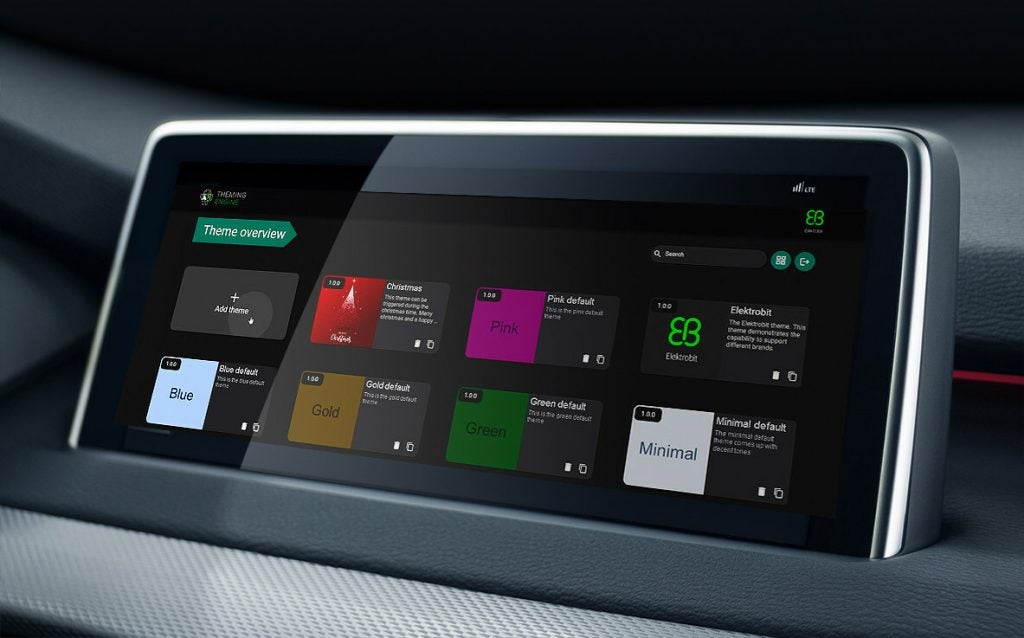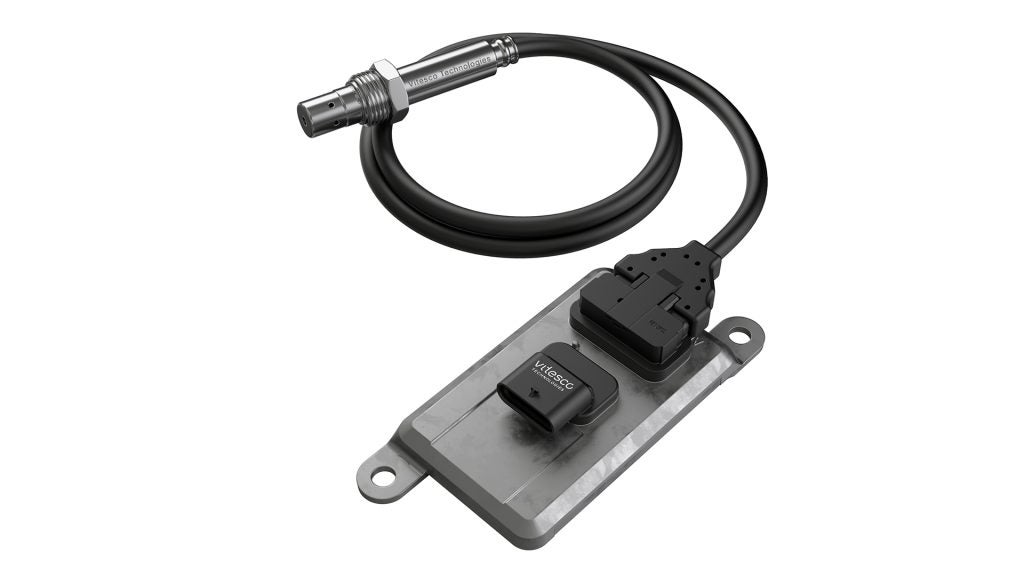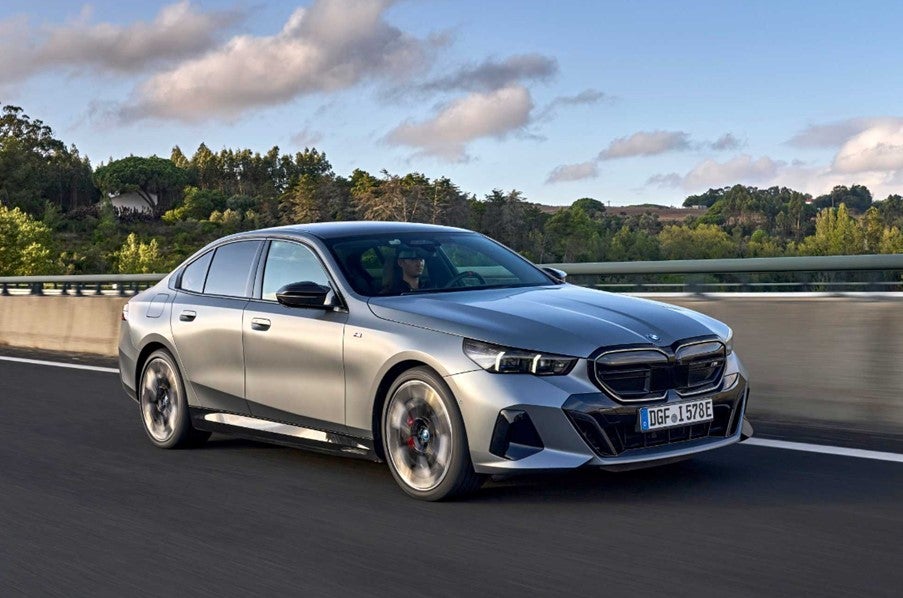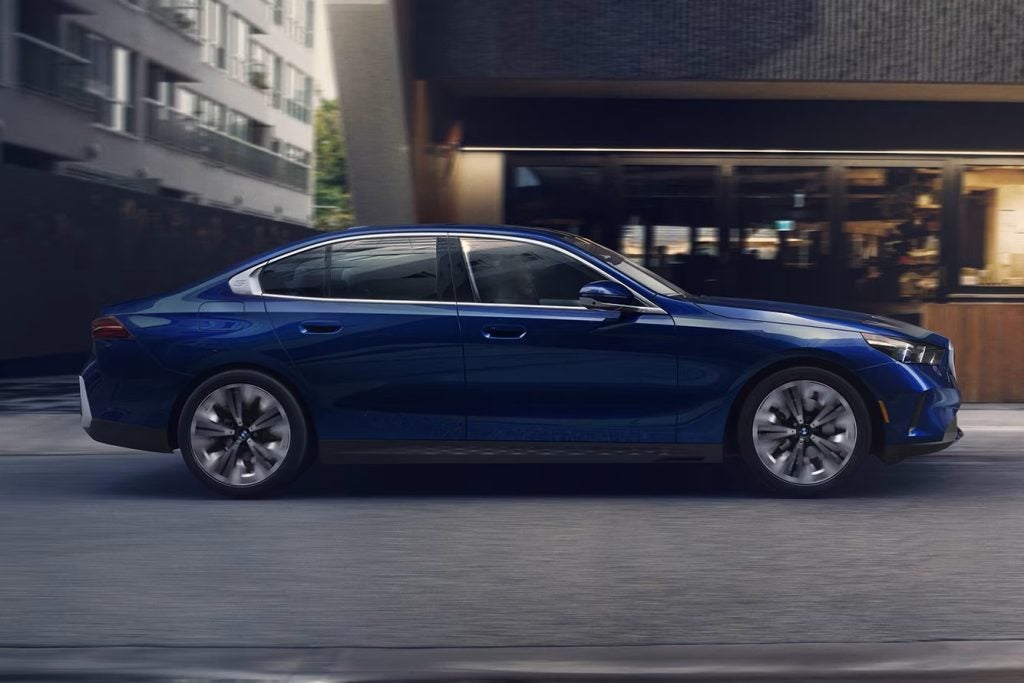Software specialist Elektrobit (a wholly-owned subsidiary of Continental) has announced a new software tool called the ‘Theming Engine’ which it says is capable of fully customizing a vehicle's user interface at any point during the life of the vehicle - without the need for a software engineer.
Elektrobit claims its Theming Engine allows automotive OEMs, fleet managers, rental car operators and shared mobility service providers to personalize the look and feel of a vehicle "on the fly," providing opportunities for revenue generation, improved customer satisfaction and enhanced brand loyalty beyond a vehicle - or fleet's - point of purchase.
The Elektrobit Theming Engine provides design templates and configurations, based on the Android platform, that enable cockpit design teams to produce and apply bespoke interfaces. It claims the Theming Engine decouples UI design from software development so creative designers can modify the look and feel of an interface at any point within the life of a vehicle. This, the company maintains, makes it easy for them to create and deploy a variety of themes including brand- or model-specific imagery, text types and colour schemes; updates for seasons, holidays, time of day and anniversaries, geographic positioning such as current location or destination location; and more.
Elektrobit claims the Theming Engine enables OEMs to:
- Create dynamic theming for car brands, models, across regions or specific demographics. Design teams can easily create themes, whether brand-focused or consumer-driven, to communicate an aesthetic and generate a unique user experience. The Theming Engine makes it fast and easy to roll out themes across brands, across car models, across regions or across different consumer demographics.
- Foster customer identification. Designers can provide end customers with the opportunity to express their own individuality by customising their cockpit with their own themes, thus enhancing customer identification and satisfaction.
- Build custom triggers for theme changes. The design team can define triggers that enact theme changes in a time-phased approach, based on user inputs or spurred by new corporate branding. New theming can be pushed over the air or accessed on demand via these triggers.
- Support flexible theming. The Theming Engine can be used to define different variants that can be quickly developed and deployed — while old variants can be eliminated — to address the needs of today's demanding consumers and fast-changing market conditions. Sweeping changes can be made across a given cockpit environment with minimal effort.
- Accelerate and streamline A/B testing. Testing colour calibration, contrast, and other theming characteristics can be time consuming and resource intensive. The Theming Engine speeds up and streamlines this process. Colours, icons, fonts, and other elements can be quickly changed and previewed via an iterative process until just the right look and feel are achieved—directly in the live cockpit.
- Address regional and local differences. The Theming Engine makes it easy to change UI characteristics, including measuring units, type and icons, to accommodate different local languages and other user characteristics that vary across markets.
"Once upon a time, aftermarket customisation meant shiny wheels, loud decals, and in-vehicle accessories like gearshift sleeves. Digitally-aware consumers want a car that meets their ever-changing needs, including advanced interior features such as curved glass displays, voice controls and user-specific interfaces with distinct theming," said Siegfried Dirr, VP Engineering Services and Technologies, Elektrobit.
"Our Theming Engine offers a glimpse at the future of customisation, addressing the demands of digitally-focused customers for more bespoke features, adding branding and new revenue opportunities for OEMs beyond a vehicle's point of purchase."
















